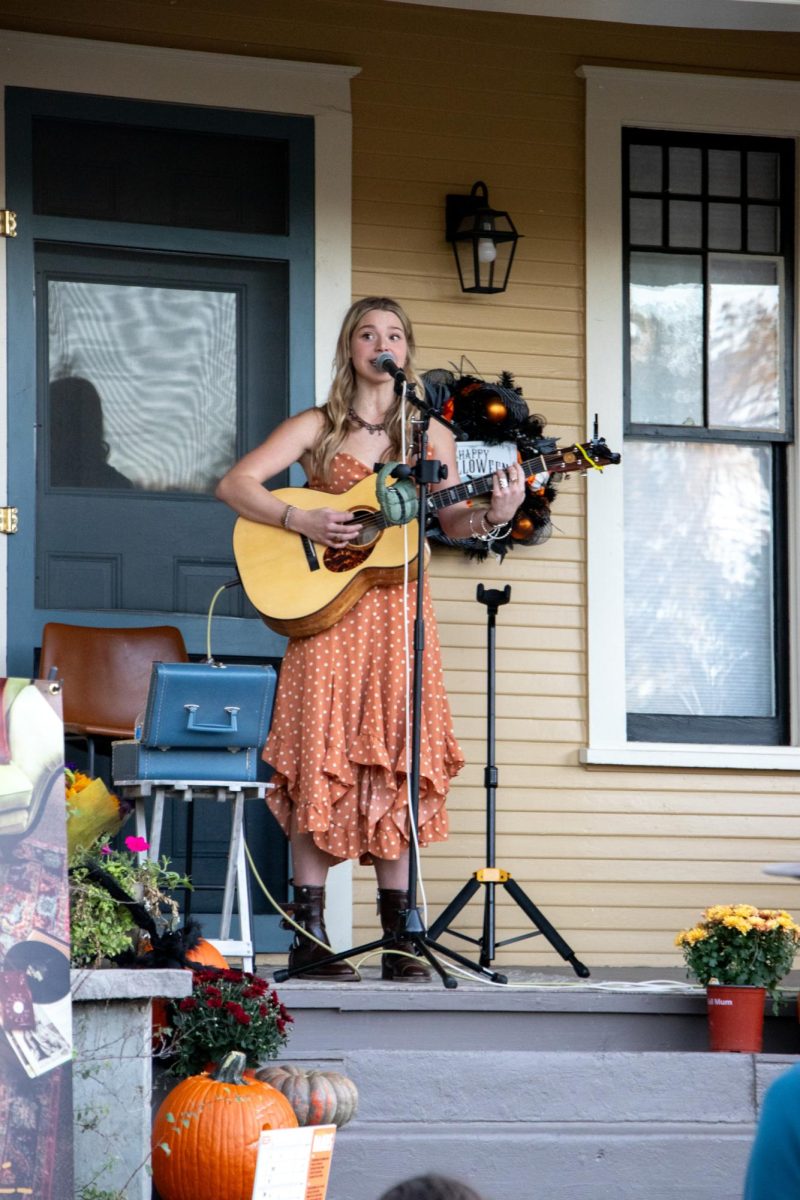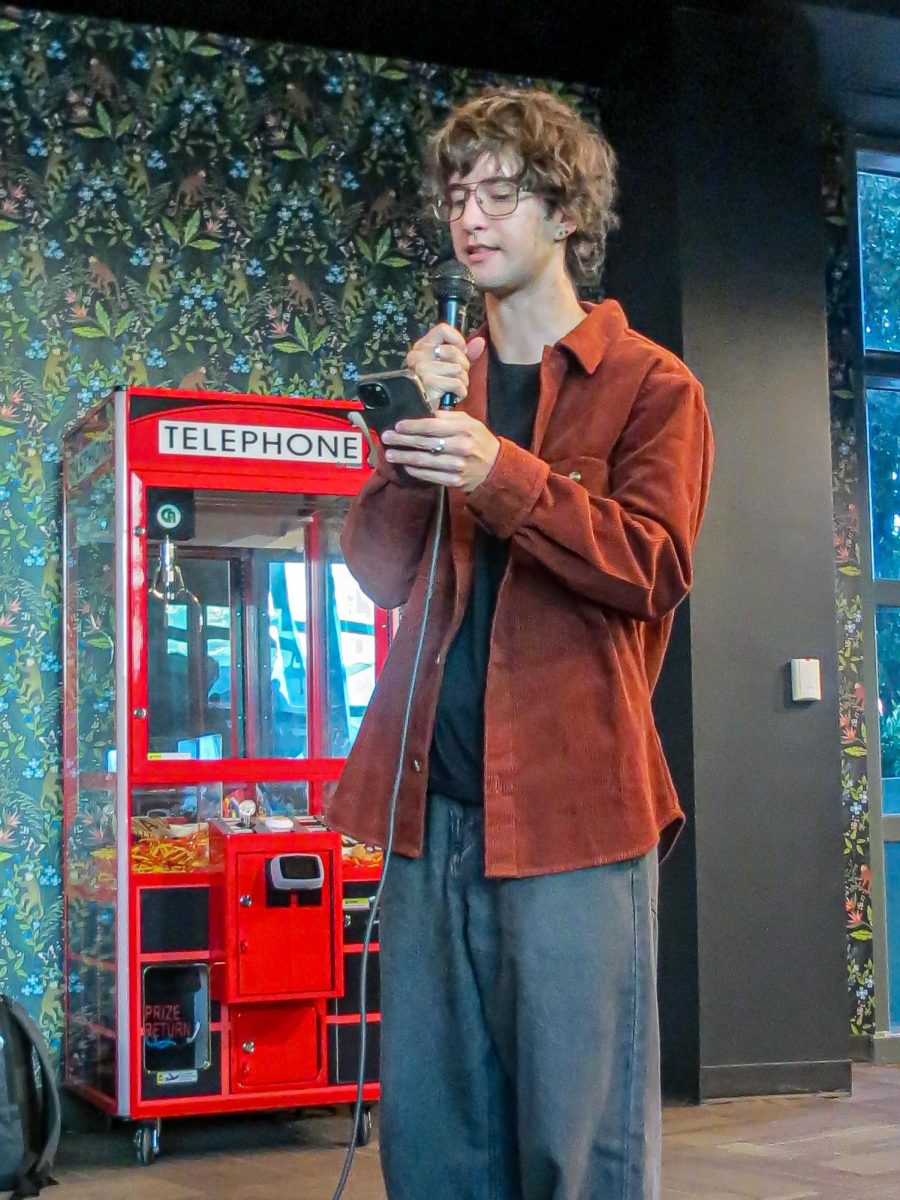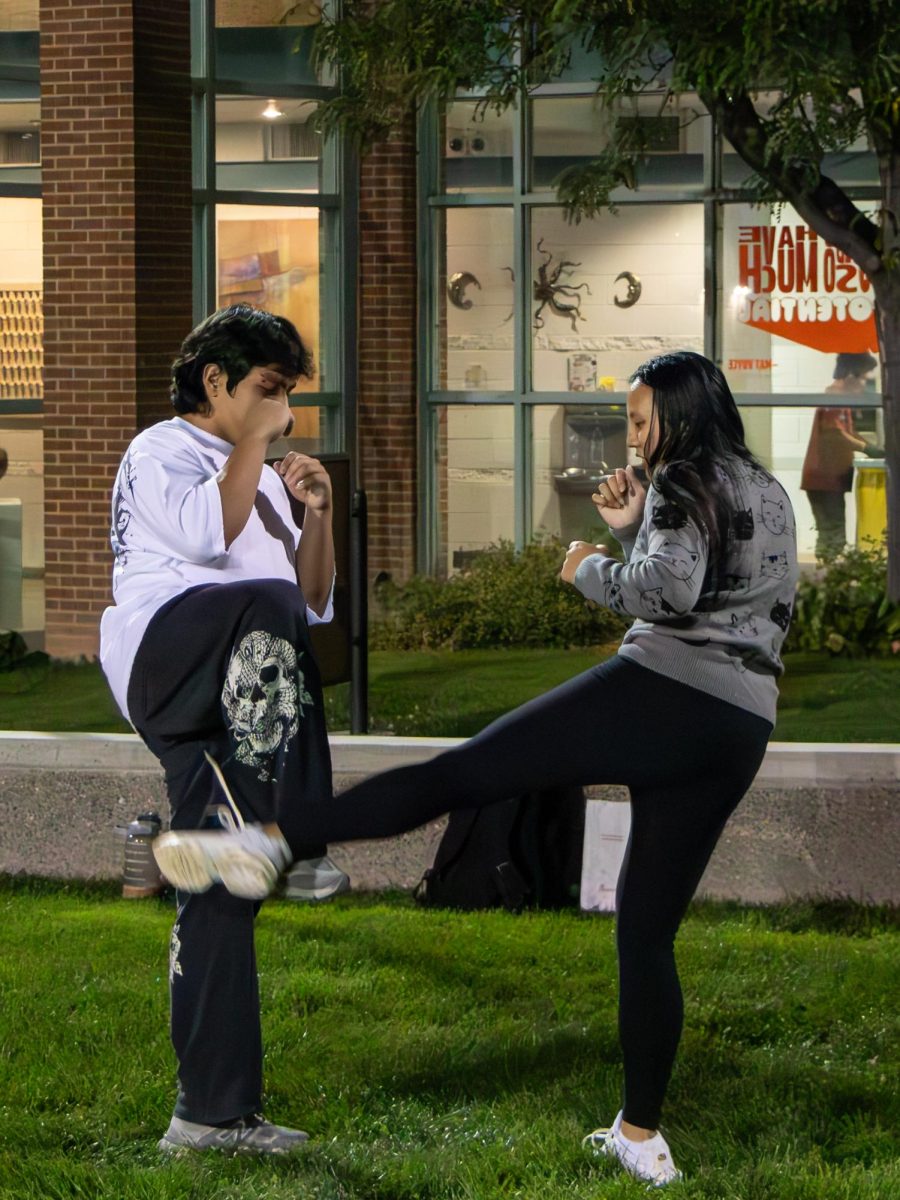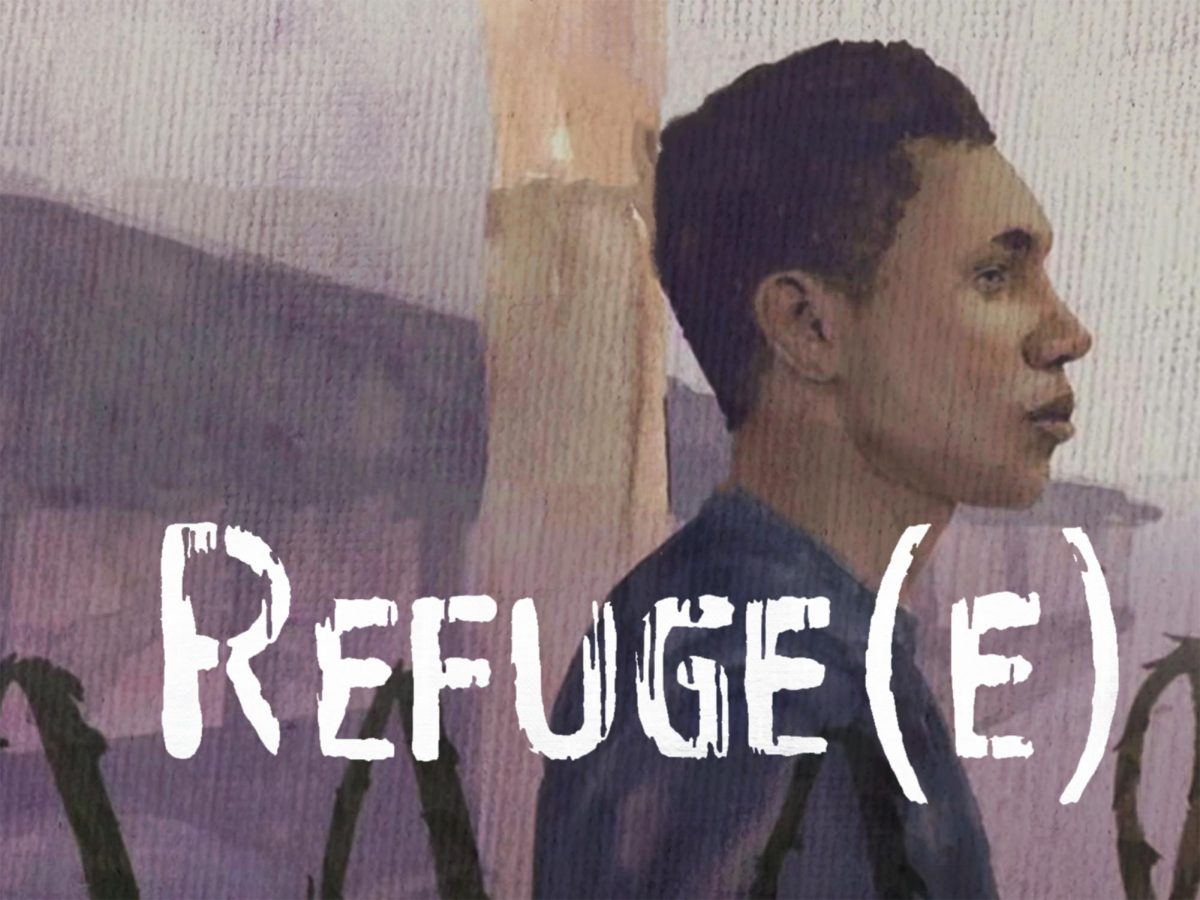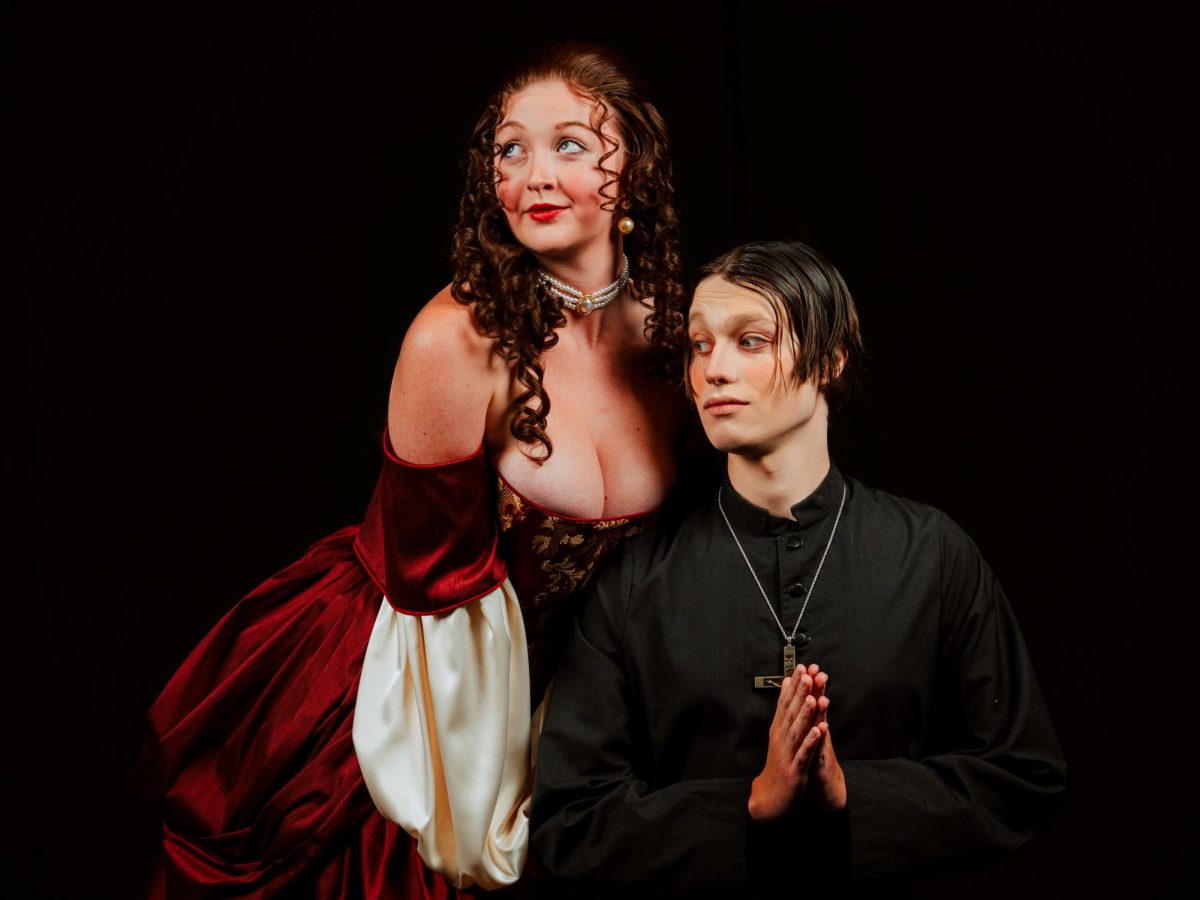It’s a busy month for Colorado Mesa University’s (CMU) Black Student Alliance (BSA).
Black History Month, which is February each year, is what’s known as a “significant month” for BSA. Each member of the Cultural Inclusion Council (CIC) at CMU has a significant month that each organization prioritizes for activities, and for BSA February fulfills that.
For many students, BSA is a home on campus.

“I really wanted to find my people on campus because moving to Grand Junction was a really big culture shock for me. I’m really used to having mixed populations. Going from that to going to a predominantly white [population] was like, a really big change,” BSA Head Coordinator Anastaja Braden said.
Braden came into BSA starting out running their Instagram account during her freshman year at the urging of the Assistant Coordinator at the time. She made the jump to Coordinator after serving as the Assistant Coordinator her sophomore year.
BSA’s Black History Month Activities are leading up to their Winter Formal on February 26 at 6 p.m. in the University Center Ballroom.
“We’re calling it For the Culture, the Winter Formal. That’s open to everyone as well,” Braden said.
Leading up to the formal, BSA served traditional food in the Caf, and also held a slam poetry night.
Student Trustee Aaron Reed had a big part in coming up with the idea of the Winter Formal.

“It makes perfect sense to end our month, which is unfortunately the shortest month, with a bang and get all of us together and just get close and have a good night,” Braden said.
The formal will include food, drinks and fancy attire.
BSA is also a part of the upcoming CIC fashion show. While the specifics of the event are being kept under wraps, their theme is anticipated to be political, and will showcase fashion trends that became popularized by the black community.
“When we see a person post a black lives matter fist with red, yellow, and green colors, that actually means something,” Braden said. “The colors represent different things that happened in our history. The green is roads separating yourself from slavery and growing as a community, becoming new people.”
A part of Black History month for Braden is explaining cultural appropriation.
“The main thing for me would be hair. I see a lot of non-black people wearing box braids and cornrows and stuff like that. And that has a heavy [cultural connotation],” Braden said.
Although it has not been formally recorded, folklore says that slaves would make escape maps or hidden messages in their cornrows, or braid seeds and rice into their hair to have food if they escaped.
BSA meets on Mondays at 6 p.m.




